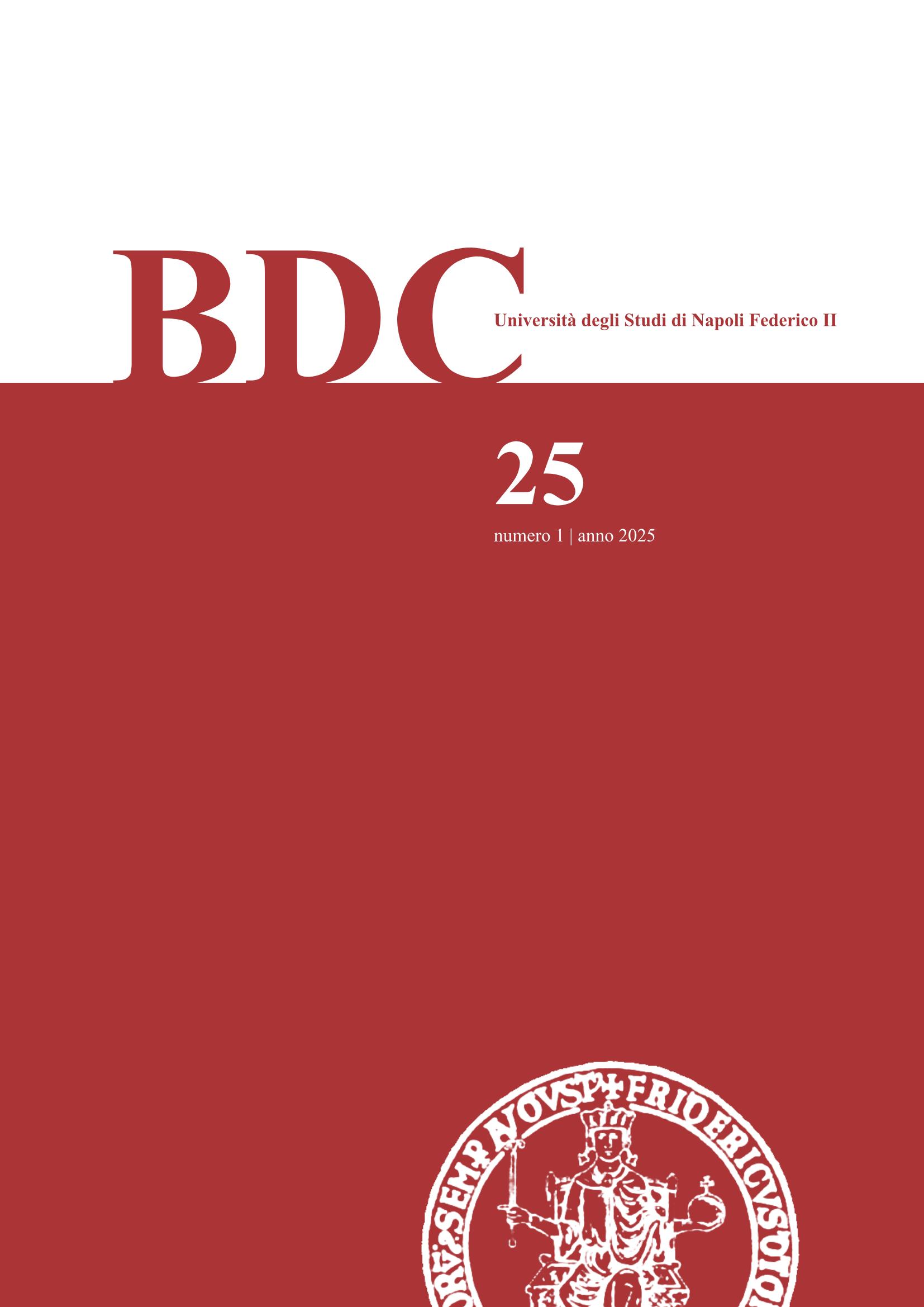Underground built heritage as catalyser of urban regeneration. Case-studies in the Naples metropolitan area
DOI:
https://doi.org/10.6093/2284-4732/12655Abstract
Tangible and intangible cultural heritage is increasingly recognised as a catalyst for urban regeneration across research, policy, and planning. Among emerging themes, Underground Built Heritage (UBH) presents notable potential for enriching cultural tourism and heritage-based development. The COST Action Underground4value addresses the challenges planners face in transforming neglected UBH sites into cultural and touristic assets. This process requires balancing conservation with community development, as tourism may marginalise local populations and alter their sense of belonging. The paper highlights the role of planning in linking participatory processes and heritage valorisation through integrated approaches that include research, capacity building, community engagement, and mutual learning. Central to this is the Strategic Transition Practice, a framework developed and tested during Underground4value across several case studies. Applying this framework, the paper explores two UBH sites in the Naples metropolitan city: the Hellenistic Necropolis in the Vergini district and the Piscina Mirabilis in Bacoli. Both cases offer insight into strategies for promoting sustainable transitions in heritage valorisation while supporting local cultural, educational, and economic initiatives.
Keywords: Underground Built Heritage, urban regeneration, cultural transition, participation, planner role
Downloads
Downloads
Published
How to Cite
Issue
Section
License
Copyright (c) 2025 Bulletin of the Calza Bini Center

This work is licensed under a Creative Commons Attribution 4.0 International License.

